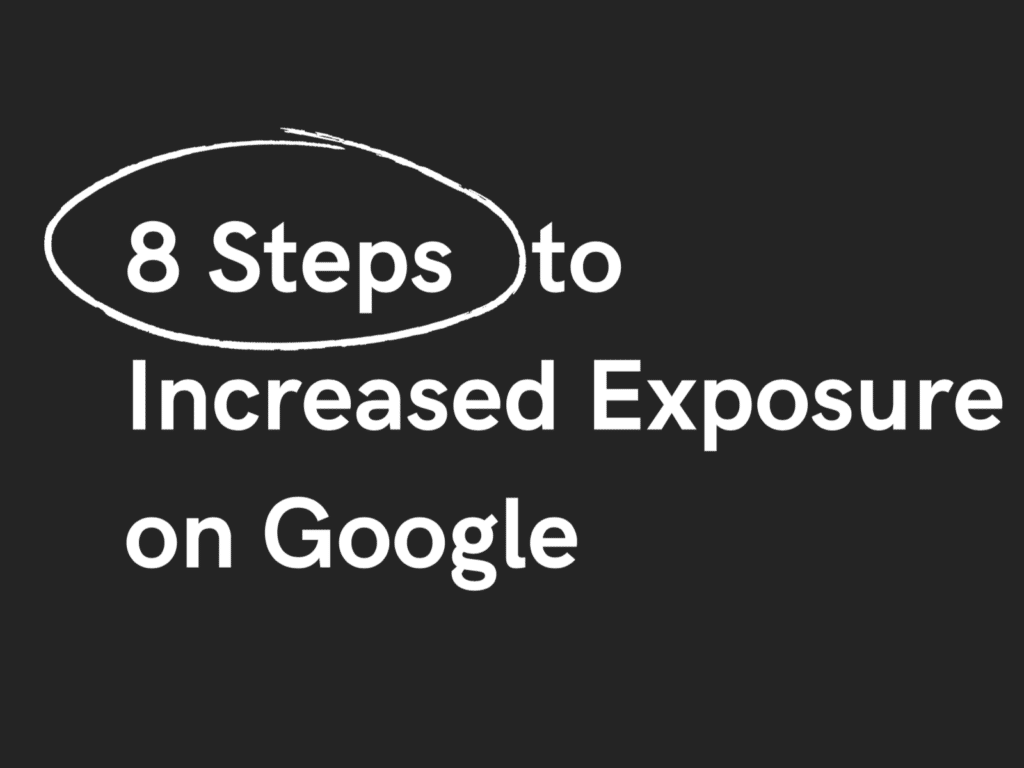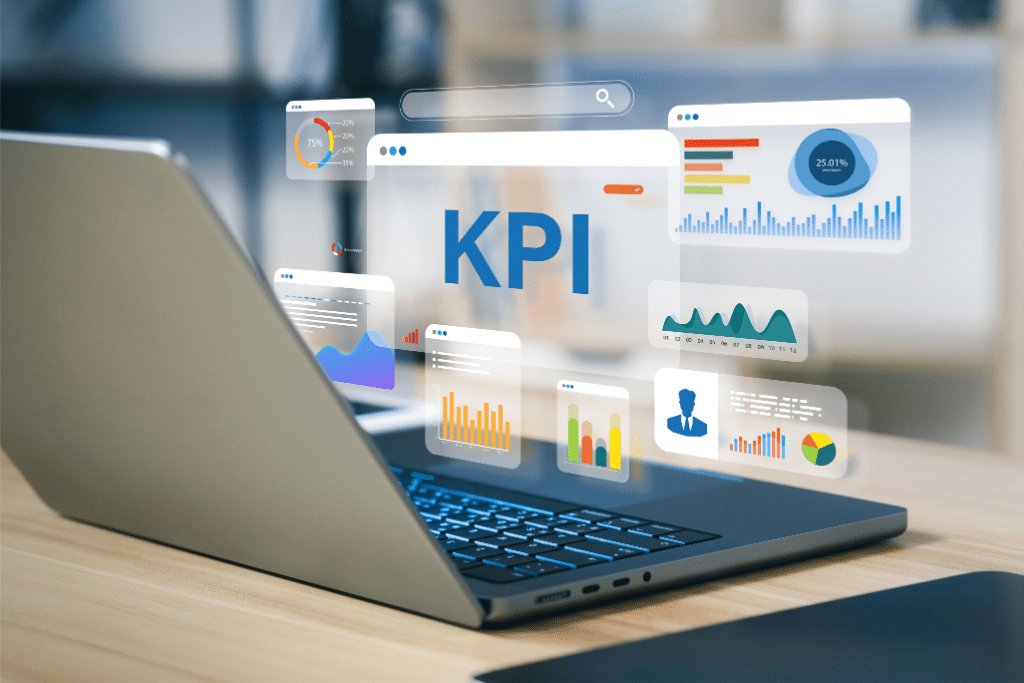
Search engine optimization (SEO) is a crucial component of any comprehensive digital marketing strategy. But implementing SEO best practices is only half the battle – you also need to accurately track SEO results and measure return on investment (ROI). Without monitoring key metrics over time, it’s impossible to gauge the success of an SEO campaign and justify continued time and resources invested.
This article will provide you with an in-depth guide to measuring SEO efforts and quantifying ROI. We’ll cover establishing goals and key performance indicators (KPIs), utilizing rank checking and analytics tools, calculating SEO costs versus revenue gains, and integrating with broader marketing objectives. Follow along for actionable tips on connecting your SEO activities to bottom-line business results.
Time and effort are precious commodities, and that’s why all marketing campaigns must point back to tangible business growth. SEO is no exception – and with advanced analytics at our fingertips, unlocking rich SEO data to derive strategy should be standard practice. Whether you handle SEO in-house or employ an agency, being able to accurately measure SEO ROI can convince stakeholders and clients that SEO strategy is worth the investment.
By the end of this post, you’ll know exactly how to monitor ranking progress, analyze site traffic quality, model multi-channel attribution, calculate return on SEO investment, and truly understand the revenue impact of your optimization efforts. Let’s get started!
Defining Goals and KPIs for SEO
Before you can begin tracking SEO performance, you need to establish clear goals and define relevant key performance indicators (KPIs). Setting strategic objectives is imperative not only for gauging SEO success but helping demonstrate ROI.
Common SEO goals include:
- Increased organic traffic
- Improved keyword ranking
- Higher click-through and conversion rates
- More leads or sales from organic search
Corresponding KPIs to monitor may include:
- Organic sessions/month
- Pages/session
- Bounce rate
- Ranking position for target keywords
- Organic CTR
- SEO conversion rate
- Lead volume from organic traffic
- Revenue attributed to SEO
Goals should ladder up to broader business objectives and be accessible in your analytics platform. Rather than vague goals like “improve website traffic,” set specific, measurable targets – “increase organic traffic by 30% within 6 months.”
Share defined SEO goals and KPIs with key stakeholders during campaign planning. Whether optimizing a company site for yourself or others, or managing clients, lockdown consensus on what success looks/feels like. This facilitates buy-in across teams to support SEO initiatives long-term.
Now that you’ve aligned on SEO objectives and critical metrics to track, let’s explore the tools available for monitoring rankings, traffic, and revenue impact over time.
Measuring Keyword Rankings
One of the best indicators of SEO success is improved keyword rankings. Tracking your target keywords over time is critical for evaluating campaign effectiveness and demonstrating value.
With search engine rankings software, you can automate position tracking across keywords to easily visualize trends. Popular rank checking tools include:
- SEMrush
- Ahrefs
- Moz Pro
- Google Search Console
These SEO tools monitor ranking fluctuations across search engines and display changes in graphical format for quick analysis. Most update ranking data on a daily basis.
Beyond tracking rankings manually, Google Search Console provides organic search analytics – including average position and clicks received for keywords you rank for. This helps connect rankings to traffic and revenue.
No matter the tool, be consistent in updating rank tracking campaigns to benchmark progress. Monitoring keyword movements every few days enables agile strategy pivots as needed.
Audit ranking performance weekly or monthly to assess growth for priority keywords. Look beyond first page rankings at improvements across full keyword baskets to demonstrate optimization traction.
With concrete ranking data in hand, analyze why certain terms may be lagging. Refine targeting, adjust on-page content or technical elements, or loop in developers to troubleshoot site speed. Rank tracking and responsive strategy iteration fast-tracks SEO success.
Next let’s explore the tools available to measure resulting website traffic and conversion impact from improved organic visibility.
Analyzing Traffic and Leads
As you improve keyword rankings, the next step is measuring how much of that newfound visibility drives meaningful traffic and conversions.
Google Analytics 4 should be your central source of truth for connecting SEO efforts to actual site metrics. Within GA 4, key reports include:
Reports > Acquisition > Traffic Acquisition: Breaks down all website sessions by channel, highlighting the share driven by organic search. Compare to previous periods to spot upward trends tied to SEO activities.
Change default channel grouping to session/medium to see more details about other search engines and sources of traffic. are you diversifying visibility beyond just Google?
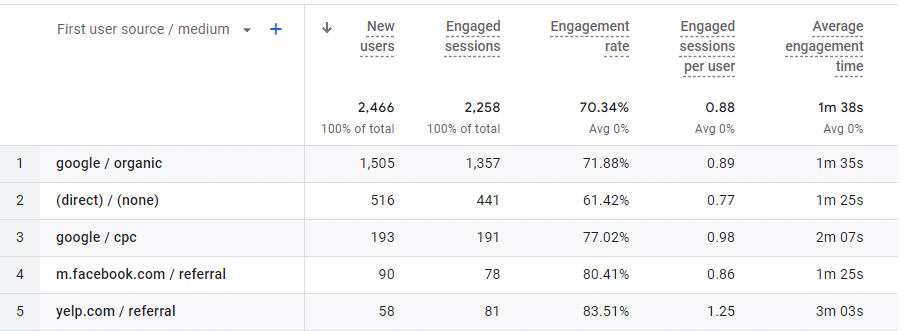
Reports > Engagement >Landing Page: Indicates top pages visitors land on your website. Filter to just organic traffic for clearer picture of your top performing pages. What content resonates most with prospect needs? Identify new landing pages demonstrating SEO traction.
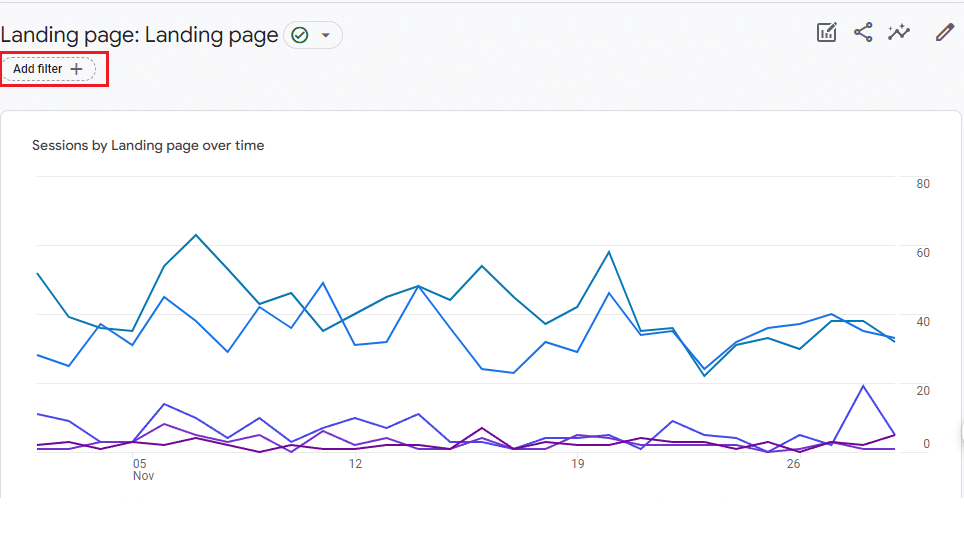
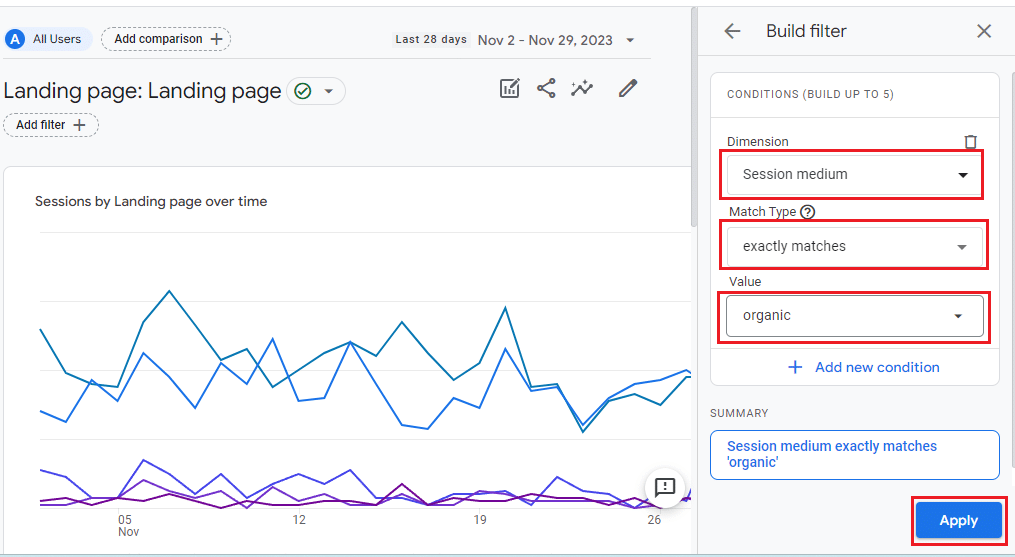
Conversion > Goals: Connect website actions – like form fills, downloads, purchases – back to initial organic search entries. Which keywords and landing pages encourage valuable outcomes?
Use GA dashboards and custom reports to answer key questions. How are mobile vs. desktop differing? What pages encourage the highest goal conversion rate from organic landings?
Beyond Google Analytics, tap into Search Console and Rank Tracking data for additional context. Each platform provides unique yet complementary data to build a full view of SEO ROI.
Now let’s explore how to make sense of all these metrics by quantifying SEO costs and returns to accurately assess value delivered.
Calculating SEO ROI
Now that you’re equipped to track rankings, traffic, leads and revenue attributable to SEO efforts – it’s time to connect the dots by quantifying return on investment (ROI).
Calculating SEO ROI helps justify continuous optimization efforts and additional investments needed to scale results over time.
Here is a simple SEO ROI formula:
(Gain from Investment – Cost of Investment) / Cost of Investment
The key is factoring both costs accrued and revenue gained across a set timeframe – monthly, quarterly or annually.
Costs include:
- SEO software/tools (Ahrefs, BrightEdge)
- Managed SEO campaign fees
- Content creation (blogs, videos)
- Link acquisition efforts
- Technical optimization costs
To determine revenue:
- Establish conversion rate for organic (sales from organic sessions)
- Understand average order value
- Estimate customer lifetime value of acquired customers
Pull this data directly within Google Analytics reports.
Say over 6 months, 50,000 organic sessions drove 100 sales at an average order value of $50 – totaling $5,000 gained. If SEO costs accrued equal $1,500, your ROI would equal 233% (($5,000 – $1,500) / $1,500).
Factor in the lifetime value of new customers for added loyalty from SEO. Demonstrate how revenue could expand in the next fiscal year based on returning visitors/buyers.
Monitoring SEO ROI helps strategically allocate budget between marketing channels and demonstrate the profitability to higher-ups.
Now let’s tie together measurement across channels to showcase SEO’s true impact.
Integrating SEO with Other Marketing
Driving measurable business growth requires harmonizing SEO with paid marketing, content creation, email nurturing, and all other customer touchpoints. Siloed efforts cannot showcase true ROI across channels.
Set up cross-channel conversion tracking with attribution modeling – exploring how each channel assists others across the buyer journey. Channel-agnostic attribution tracks users from initial impression to eventual conversion, dividing credit based on influence.
With last-click attribution, SEO often gets full credit when assisting sales initially driven by email nurturing or paid ads. Apply data-driven attribution vs. last-click to showcase how every channel contributes.
Measure SEO influence in ways beyond conversions, including:
- New visitor share (SEO drives awareness early-on)
- Pages/visit (SEO encourages deeper site exploration)
- Lower cost-per-lead vs. paid
- Future retention and loyalty
Document all SEO initiatives influencing buying stages, such as:
- Ranking for informational keywords (early-stage)
- Optimized comparison grid pages for consideration
- Highly targeted landing pages for decision evaluation
Tie SEO directly to most influential website pages with BigQuery analysis – connecting organic traffic on pages with highest conversion rates. Demonstrate exactly how SEO powers revenue growth behind the scenes.
In summary – dig deeper into Google Analytics while expanding KPIs beyond last-touch conversions. SEO and content lay the foundation for long-term customer loyalty – make this known internally!
Measuring and Improving Ongoing SEO Success
Implementing SEO best practices is an ongoing process that requires continual tracking and optimization. By following the measurement strategies outlined in this article, you now have an accurate framework for quantifying SEO results and ROI.
The key takeaways include:
- Set clear goals and KPIs aligned to business objectives
- Monitor keyword rankings with rank checking software
- Leverage Google Analytics for traffic and conversion analysis
- Track SEO costs and attributed revenue over set timeframes
- Connect SEO influence across channels with attribution
Do not view SEO as a “set it and forget it” tactic. Ranking algorithms and searcher behavior evolve constantly. Continually analyze site performance and optimize pages based on emerging query patterns.
Schedule quarterly audits to identify new opportunities across pages and keywords. Which outdated pages need refreshed content? What long-tail queries lack relevant targeting? SEO and content should feed off each other to attract qualified visitors.
By closely monitoring SEO KPIs, you maintain visibility into campaign effectiveness and ability to showcase incremental returns. Demonstrate how organic search delivers significant value compared to other high-cost acquisition methods. Become that data-driven voice in the room when securing budget for continual optimization.
With accurate SEO measurement strategies in place, prove and improve performance over time. The result is earned growth and sustainability long after initial efforts.



